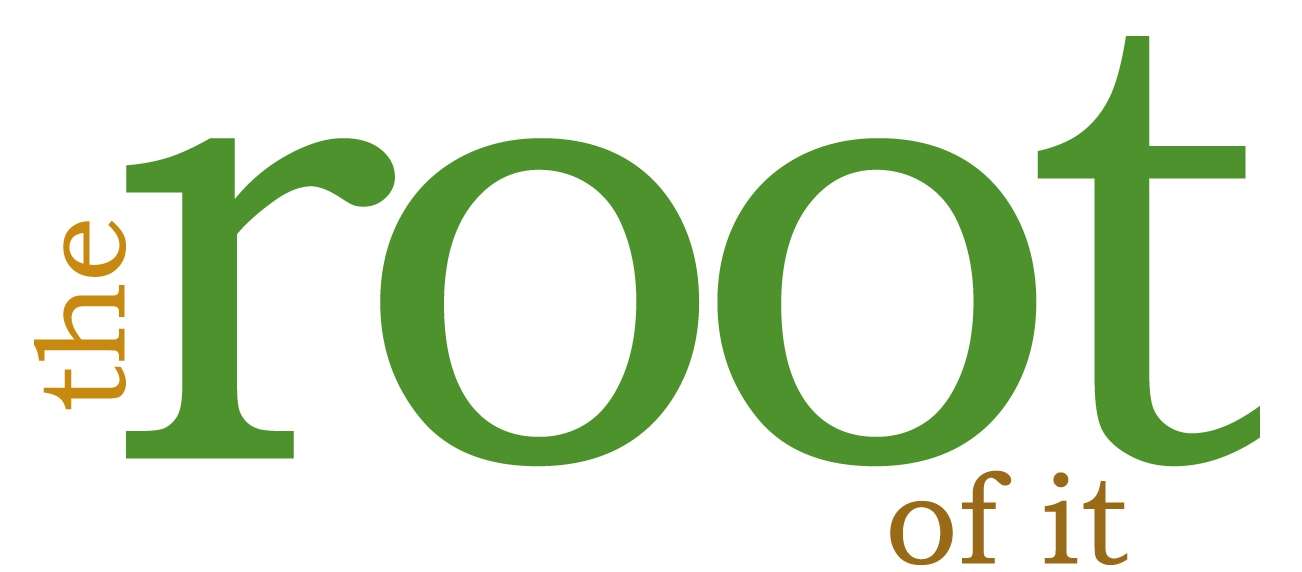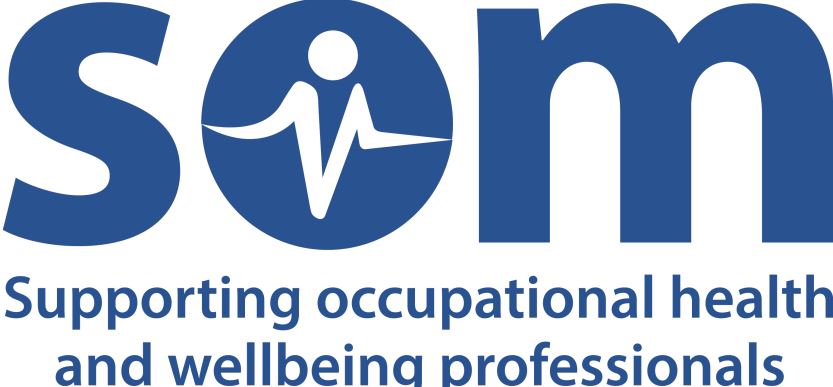[{“box”:0,”content”:””},{“box”:1,”content”:”
[editlink label=\”Edit\” prefix=\”frm_edit_container_\”] [deletelink label=\”Delete all\” prefix=\”frm_del_container_\”]<\/p>
Username: [111]<\/p>
Setting name: [261]<\/p>
Email: [262]<\/p>
If you are attending a course, please select your course level: [112]<\/p>
Phases covered as Mental Health Lead (select all that apply): [250]<\/p>
Type of setting (select all that apply): [253]<\/p>
Ethos and Environment<\/h3><\/div><\/div>“},{“box”:3,”content”:”
1 The Mental Health Lead\u2019s role, includes supporting the mental wellbeing of pupils, embedding respect and diversity.<\/p>
[147]<\/p>“},{“box”:4,”content”:”
Comments [148]<\/p>“},{“box”:6,”content”:”
2 Whilst there may be a Mental Health Lead, all staff understand their role in supporting the needs of other staff and young people.<\/p>
[151]<\/p>“},{“box”:7,”content”:”
Comments: [150]<\/p>“},{“box”:9,”content”:”
3 Staff feel secure and confident enough to address immediate behaviour, social, emotional and mental health (SEMH) needs.<\/p>
[151]<\/p>“},{“box”:10,”content”:”
Comments: [152]<\/p>“},{“box”:12,”content”:”
4 Staff feel supported and are able to discuss their own mental health needs.<\/p>
[154]<\/p>“},{“box”:13,”content”:”
Comments: [153]<\/p>“},{“box”:15,”content”:”
5 Staff feel supported and are able to discuss their own mental health needs.<\/p>
[155]<\/p>“},{“box”:16,”content”:”
Comments: [156]<\/p>“},{“box”:18,”content”:”
6 There is an ethos that values diversity and acts against bullying.<\/p>
[158]<\/p>“},{“box”:19,”content”:”
Comments: [157]<\/p>“},{“box”:21,”content”:”
7 All teaching staff meet their obligations under appropriate equal opportunities legislation, such as differentiated expectations for young people with behavioural difficulties.<\/p>
[160]<\/p>“},{“box”:22,”content”:”
Comments: [159]<\/p>“},{“box”:24,”content”:”
8 The setting plays an active part in supporting the wellbeing of the local community.<\/p>
[233]<\/p>“},{“box”:25,”content”:”
Comments: [234]<\/p>“},{“box”:27,”content”:”
Leadership and Management<\/h3>“},{“box”:29,”content”:”
9 There is a \u2018Mental Health Lead\u2019 and this role is seen as separate to the role of SENDCO, who they work with to meet the needs of those with complex difficulties.<\/p>
[162]<\/p>“},{“box”:30,”content”:”
Comments: [161]<\/p>“},{“box”:32,”content”:”
10 The Mental Health Lead feeds directly into the School Management Team.<\/p>
[173]<\/p>“},{“box”:33,”content”:”
Comments: [172]<\/p>“},{“box”:35,”content”:”
11 There is a whole-school Mental Health and Wellbeing Policy and Action Plan, including ensuring the wellbeing of staff and pupils.<\/p>
[167]<\/p>“},{“box”:36,”content”:”
Comments: [166]<\/p>“},{“box”:38,”content”:”
12 The policy reflects any DfE, Public Health, CAMHS or other relevant strategies.<\/p>
[169]<\/p>“},{“box”:39,”content”:”
Comments: [168]<\/p>“},{“box”:41,”content”:”
13 The policy has been influenced by the local community, in addition to coproduction with parents\/carers\/pupils, to reflect the cultural community they are based in.<\/p>
[170]<\/p>“},{“box”:42,”content”:”
Comments: [171]<\/p>“},{“box”:44,”content”:”
14 The Governing Body know their role in monitoring the social, emotional and mental health of pupils and staff.<\/p>
[174]<\/p>“},{“box”:45,”content”:”
Comments: [175]<\/p>“},{“box”:47,”content”:”
15 There is a procedure in place for staff, including temporary personnel, parents and pupils to raise concerns relating to social, emotional and mental health.<\/p>
[176]<\/p>“},{“box”:48,”content”:”
Comments: [177]<\/p>“},{“box”:50,”content”:”
16 Concerns raised by staff, parents or pupils are recorded and dealt with accordingly.<\/p>
[179]<\/p>“},{“box”:51,”content”:”
Comments: [178]<\/p>“},{“box”:53,”content”:”
17 Exclusions, where given, are used to increase the effectiveness of any individual plans, for example, an individual plan is reviewed to avoid or reduce the likelihood of the exclusion happening again.<\/p>
[180]<\/p>“},{“box”:54,”content”:”
Comments: [181]<\/p>“},{“box”:56,”content”:”
Student Voice<\/h3>“},{“box”:58,”content”:”
18 Pupils are able to talk about the Mental Health and Wellbeing, and the Behaviour Policies.<\/p>
[183]<\/p>“},{“box”:59,”content”:”
Comments: [182]<\/p>“},{“box”:61,”content”:”
19 Pupils are involved in the formulation and implementation of the Mental Health and Wellbeing Policy and provision.<\/p>
[185]<\/p>“},{“box”:62,”content”:”
Comments: [186]<\/p>“},{“box”:64,”content”:”
20 Pupils who receive sanctions are able to reflect on why they received the sanction.<\/p>
[188]<\/p>“},{“box”:65,”content”:”
Comments: [187]<\/p>“},{“box”:67,”content”:”
Working with Parents, Carers and Families<\/h3>“},{“box”:69,”content”:”
21 Parents and carers are able to talk about the Mental Health and Wellbeing, and the Behaviour Policies.\u00a0<\/p>
[195]<\/p>“},{“box”:70,”content”:”
Comments: [194]<\/p>“},{“box”:72,”content”:”
22 Parents and carers are involved in the formulation and implementation of the Mental Health and Wellbeing Policy and provision.<\/p>
[190]<\/p>“},{“box”:73,”content”:”
Comments: [189]<\/p>“},{“box”:75,”content”:”
23 Provision is in place to support parenting skills, promote resilience and mental wellbeing in the home environment.<\/p>
[192]<\/p>“},{“box”:76,”content”:”
Comments: [193]<\/p>“},{“box”:78,”content”:”
Staff Development<\/h3>“},{“box”:90,”content”:”
24 The Mental Health Lead has had appropriate training to help them (a) have a good understanding of the risk factors associated with mental health difficulties; (b) to know the signs and symptoms of various mental health conditions; (c) to understand how to identify mental health needs earlier; and (d) apply their knowledge to support pupils.<\/p>
[197]<\/p>“},{“box”:91,”content”:”
Comments: [196]<\/p>“},{“box”:93,”content”:”
25 There is regular staff training for all teaching and non-teaching staff on social, emotional and mental health topics, such as: (a) Disabilities and Medical Conditions (b) Social and Emotional Conditions (c) Mental Health Difficulties (d) Attachment (e) Mental Wellbeing (f) Multi-disciplinary Working.<\/p>
[199]<\/p>“},{“box”:94,”content”:”
Comments: [200]<\/p>“},{“box”:96,”content”:”
26 Staff in high-risk roles receive clinical supervision from someone independent of their line-management.<\/p>
[225]<\/p>“},{“box”:97,”content”:”
Comments: [226]<\/p>“},{“box”:99,”content”:”
27 There is regular training for the Governing Body on their responsibilities for supporting staff and pupils in social, emotional and mental health.<\/p>
[202]<\/p>“},{“box”:100,”content”:”
Comments: [201]<\/p>“},{“box”:104,”content”:”
28 Advice, support and guidance is in place for staff not commonly included in training, for example supply teachers, administrative staff or catering\/lunch staff.<\/p>
[203]<\/p>“},{“box”:105,”content”:”
Comments: [204]<\/p>“},{“box”:102,”content”:”
Identifying Needs and Monitoring Impact<\/h3>“},{“box”:107,”content”:”
29 There is a clear policy(ies) for the identification and development of plans to address social, emotional and mental health difficulties, including SEN processes as relevant.<\/p>
[205]<\/p>“},{“box”:108,”content”:”
Comments: [206]<\/p>“},{“box”:110,”content”:”
30 Social, emotional and mental health problems are identified at an early stage and procedures work to intervene promptly.<\/p>
[211]<\/p>“},{“box”:111,”content”:”
Comments: [210]<\/p>“},{“box”:113,”content”:”
31 Response to behaviour promotes a speedy identification of the underlying needs and appropriate strategies are put in place.<\/p>
[212]<\/p>“},{“box”:114,”content”:”
Comments: [213]<\/p>“},{“box”:116,”content”:”
32 Packages of support for young people experiencing mental health difficulties include opportunities to develop skills for life and meet the expectations of the world around them.<\/p>
[209]<\/p>“},{“box”:117,”content”:”
Comments: [208]<\/p>“},{“box”:119,”content”:”
33 The setting has identified appropriate local mental health services, including voluntary and private offers.<\/p>
[214]<\/p>“},{“box”:120,”content”:”
Comments: [215]<\/p>“},{“box”:122,”content”:”
34 This map has enabled the school to identify \u2018gaps\u2019 in local provision and put plans in place.<\/p>
[216]<\/p>“},{“box”:123,”content”:”
Comments: [217]<\/p>“},{“box”:125,”content”:”
35 Behaviour records, attendance data and social and emotional measures, are used to monitor the non-academic progress of pupils with social and emotional problems, and those with relevant mental health difficulties.<\/p>
[218]<\/p>“},{“box”:126,”content”:”
Comments: [219]<\/p>“},{“box”:130,”content”:”
36 Alternatives to exclusion, including any off-site provision, are reviewed against the progress of the young person.<\/p>
[221]<\/p>“},{“box”:131,”content”:”
Comments: [220]<\/p>“},{“box”:128,”content”:”
Targeted Support<\/h3>“},{“box”:133,”content”:”
37 There is a clear procedure for the commissioning\/referral\/involvement of external mental health professionals, such as psychologists, therapists or counsellors.<\/p>
[223]<\/p>“},{“box”:134,”content”:”
Comments: [222]<\/p>“},{“box”:136,”content”:”
38 There is a working strategy for supporting the mental health and wellbeing of staff, including appropriate signposting and support for those experiencing difficulties.<\/p>
[227]<\/p>“},{“box”:137,”content”:”
Comments: [228]<\/p>“},{“box”:139,”content”:”
39 Mental health services are engaged\/commissioned appropriately, according to the needs.<\/p>
[229]<\/p>“},{“box”:140,”content”:”
Comments: [230]<\/p>“},{“box”:154,”content”:”
40 Partnerships and relationships with local services, such as Mental Health Support Teams, exist and have a positive impact on pupils.<\/p>
[231]<\/p>“},{“box”:155,”content”:”
Comments: [232]<\/p>“},{“box”:142,”content”:”
Curriculum, Teaching and Learning<\/h3>“},{“box”:157,”content”:”
41 The PSHE Curriculum includes regular opportunities to discuss differences between expectations for different young people.<\/p>
[235]<\/p>“},{“box”:158,”content”:”
Comments: [236]<\/p>“},{“box”:160,”content”:”
42 Lesson plans and individual support plans reflect an approach to help young people with SEMH difficulties to have skills for life and meet the expectations of the world around them.<\/p>
[238]<\/p>“},{“box”:161,”content”:”
Comments: [239]<\/p>“},{“box”:163,”content”:”
43 Resources, such as the guidance on Teaching about Wellbeing (https:\/\/www.gov.uk\/guidance\/teaching-about-mental-wellbeing) are used by the PSHE and other subject leads to inform planning.<\/p>
[242]<\/p>“},{“box”:164,”content”:”
Comments: [243]<\/p>“},{“box”:168,”content”:”
44 Other subject areas integrate opportunities to develop social, emotional and mental health skills.<\/p>
[241]<\/p>“},{“box”:169,”content”:”
Comments: [240]<\/p>“},{“box”:171,”content”:”
45 Pupils with social, emotional or mental health difficulties are able to access the curriculum and extra-curricula activities.<\/p>
[244]<\/p>“},{“box”:172,”content”:”
Comments: [245]<\/p>“},{“box”:166,”content”:”<\/div><\/div>“}]





